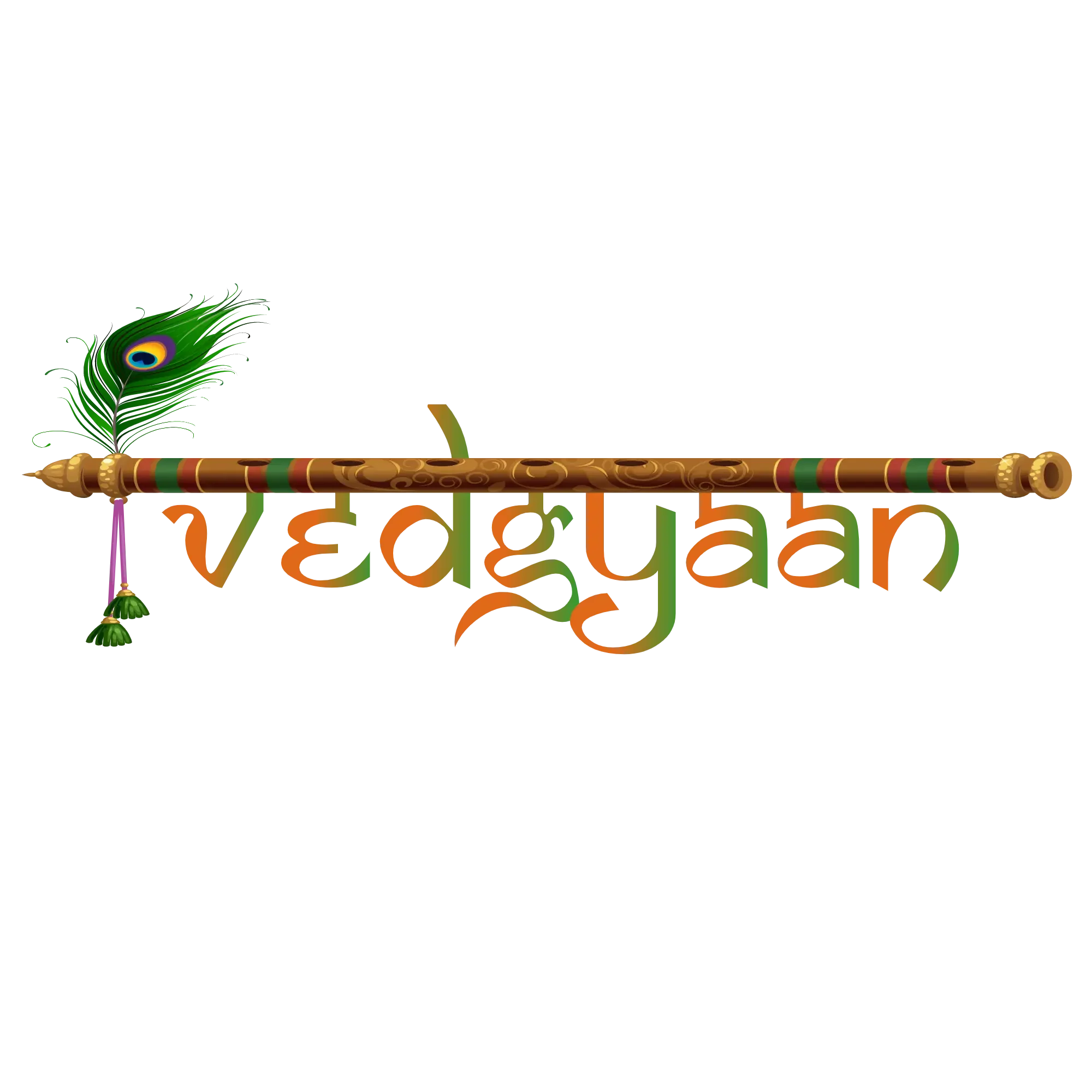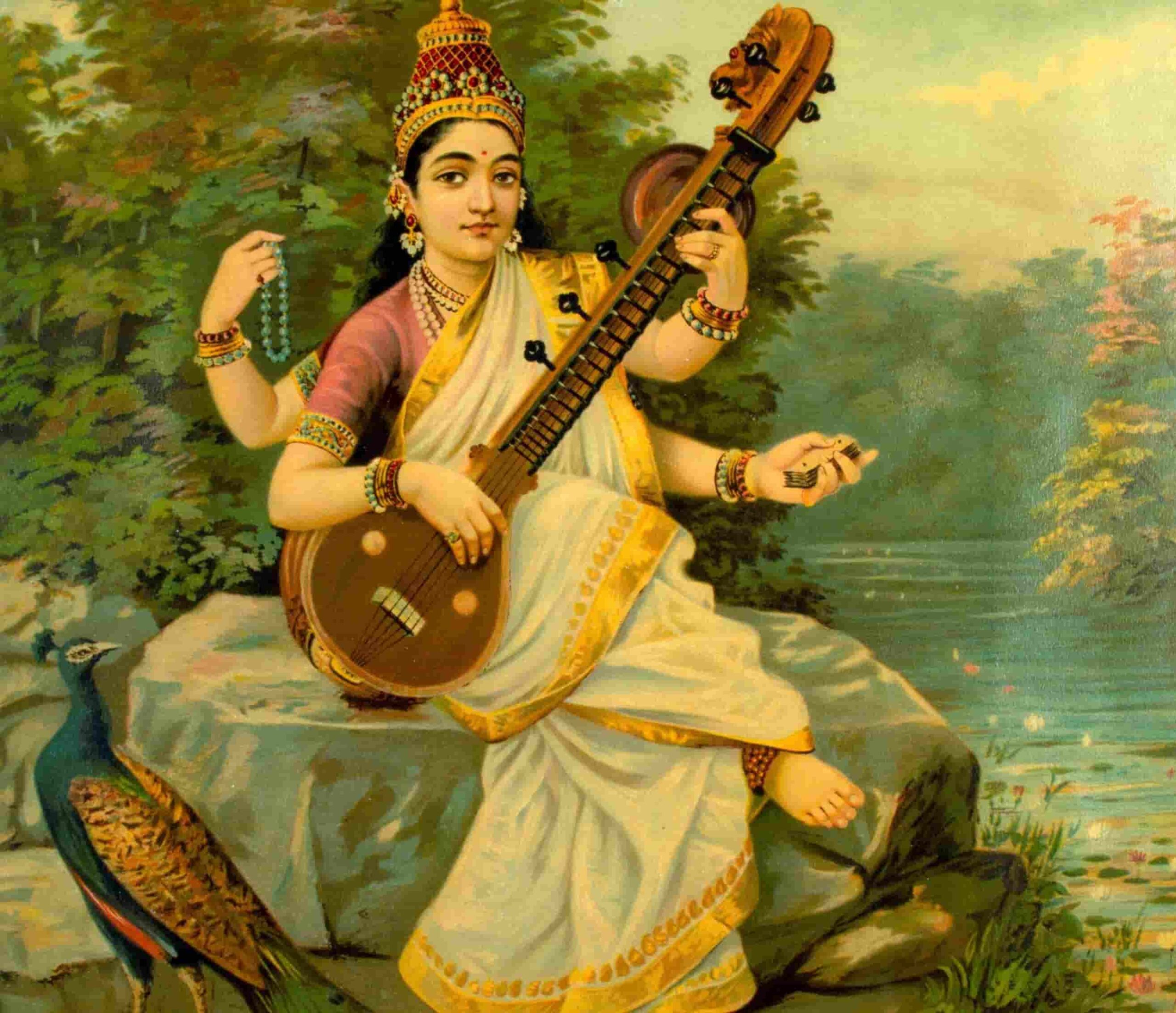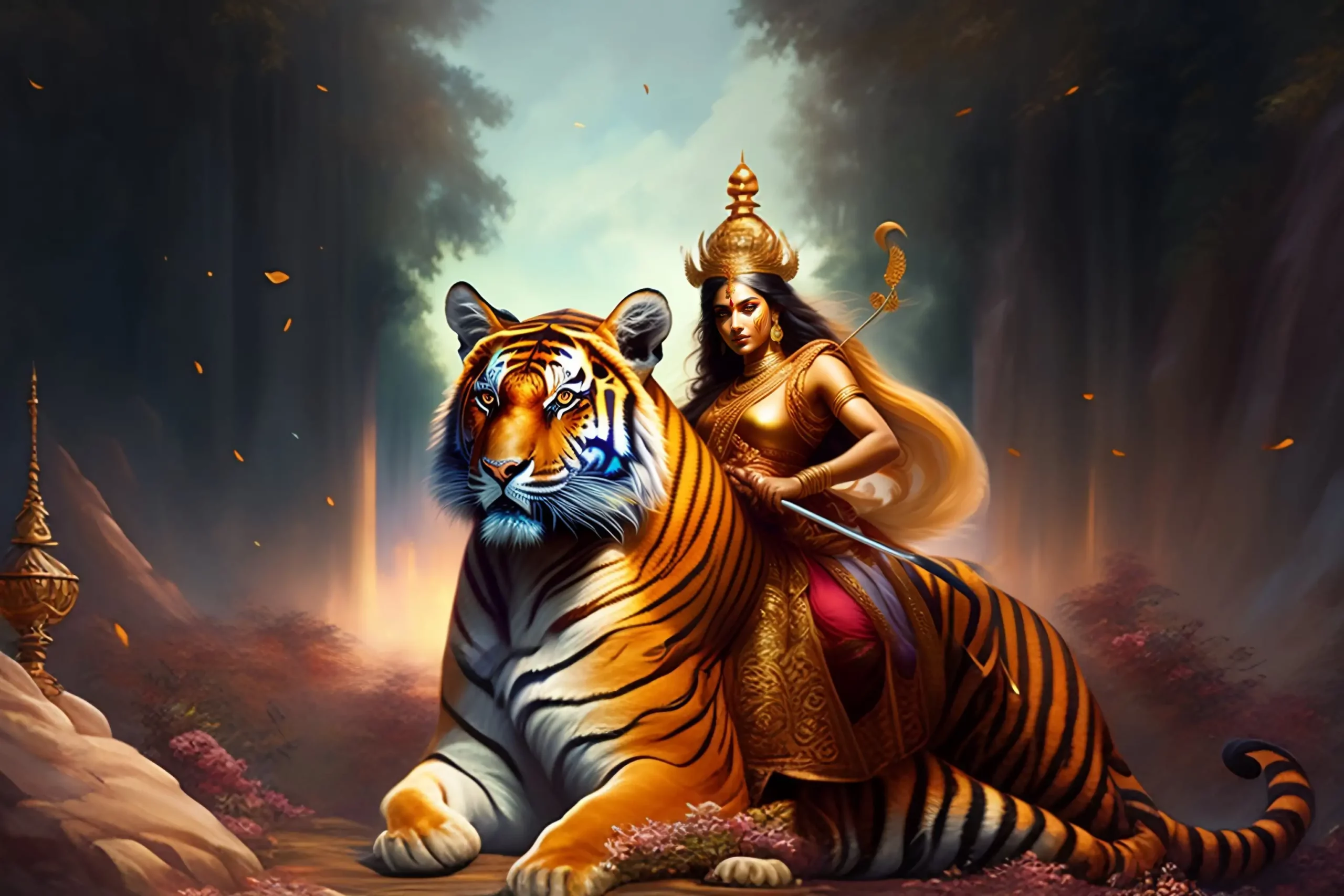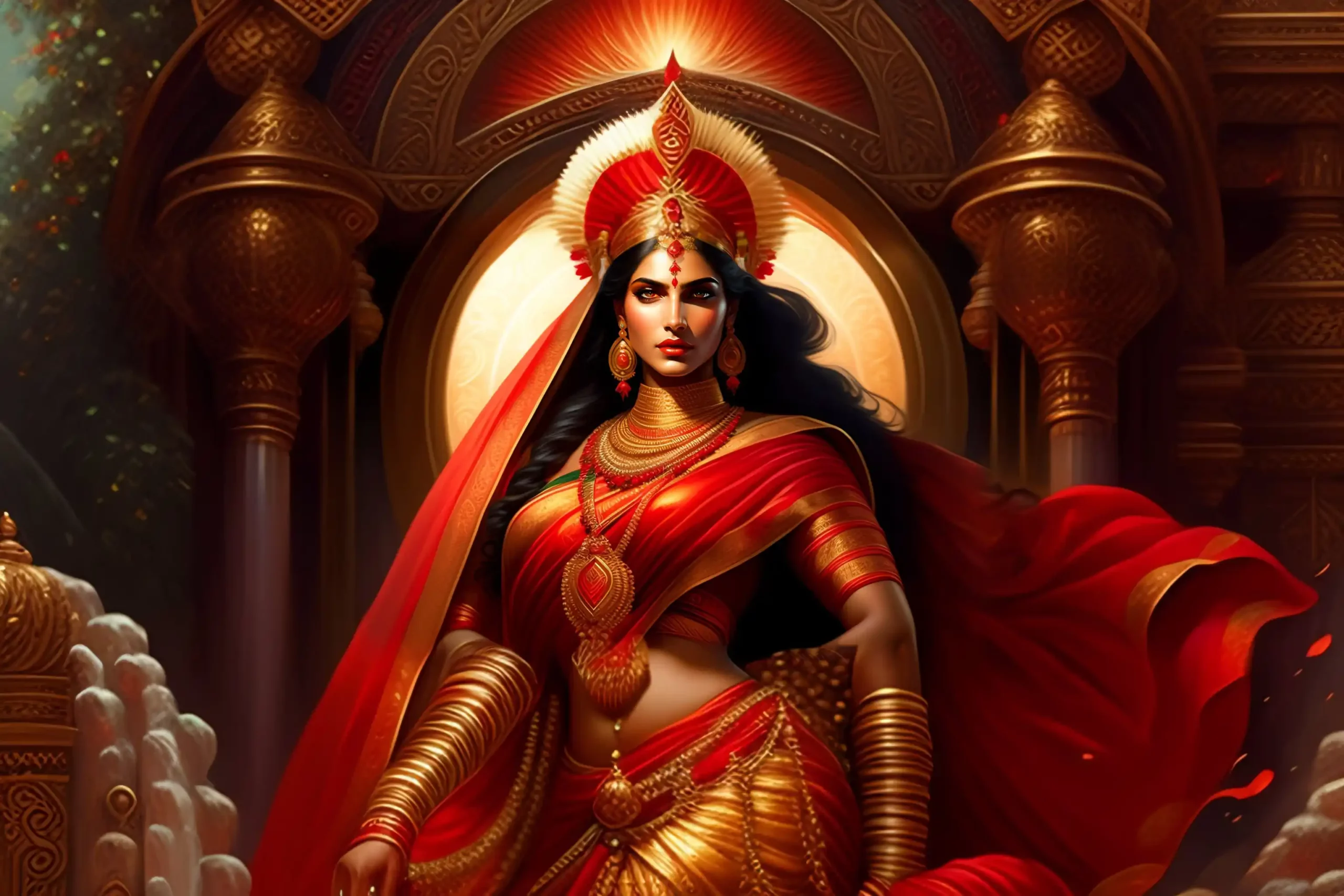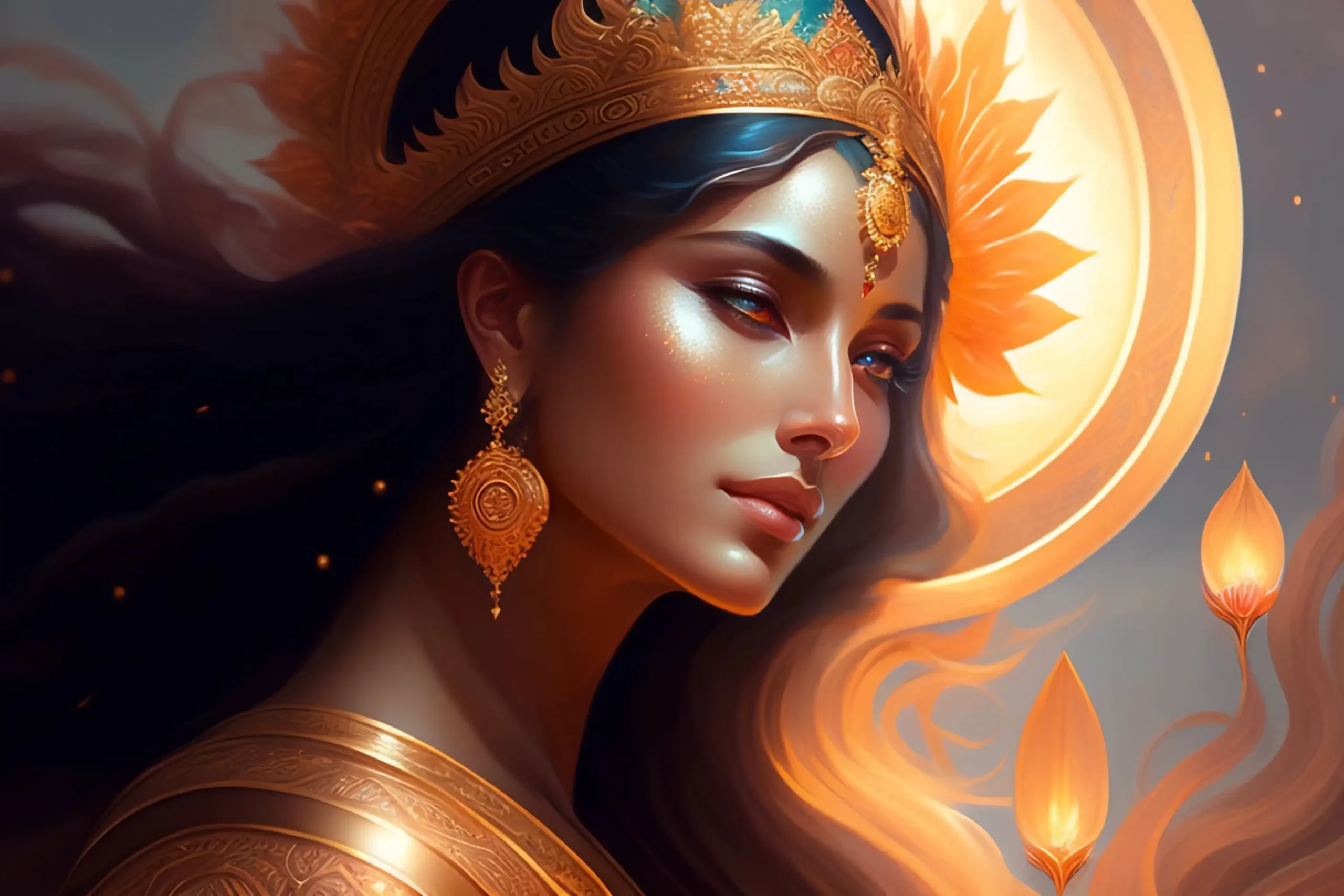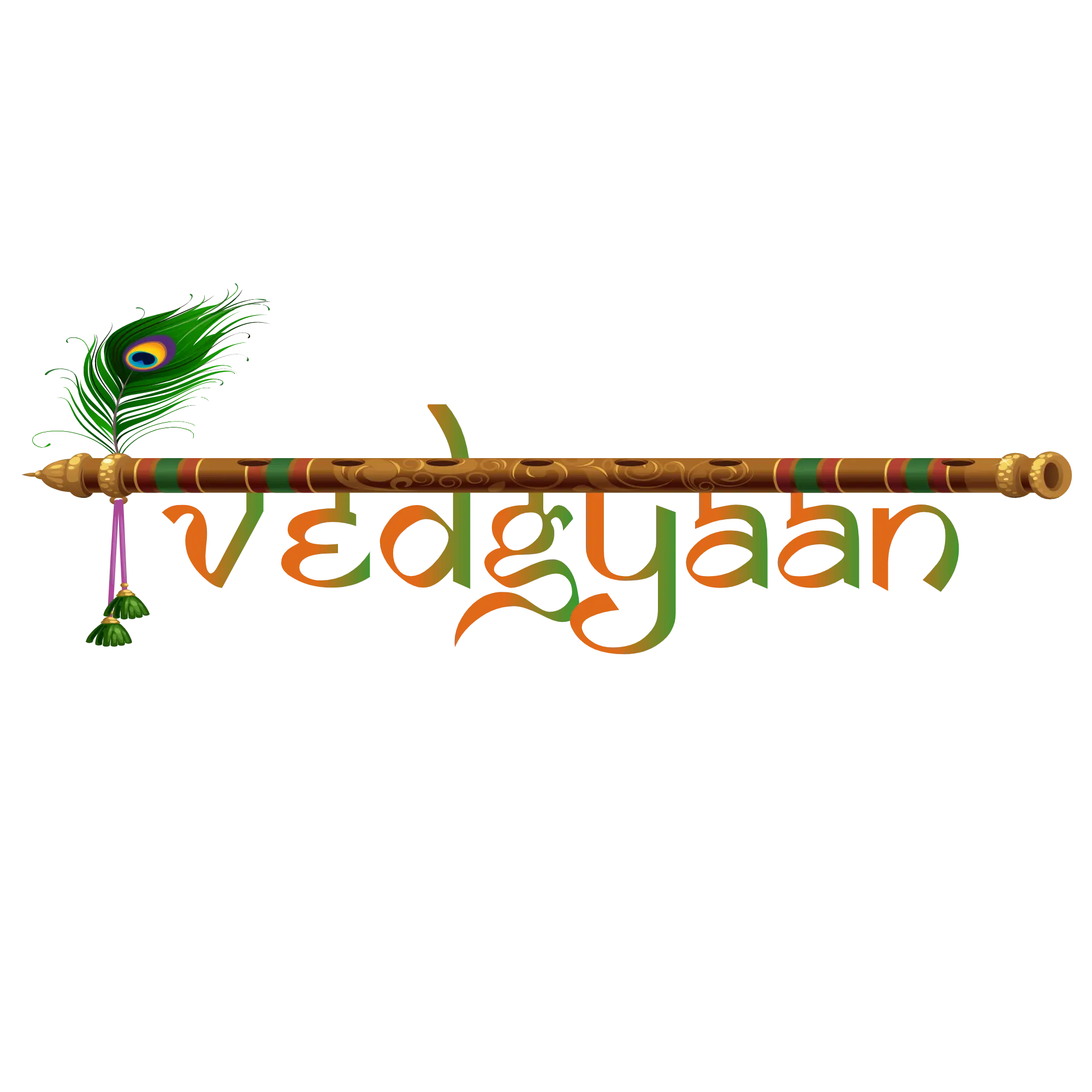Hinduism is one of the world’s oldest religions, with a rich history and diverse cultural practices. Women have played a significant role in Hinduism since ancient times, with their position and status evolving over time. In this article, we will explore the role of women in Hinduism, how attitudes toward women have changed over the centuries, and other related topics.
Historical Period
Hinduism has a long history, dating back to the Indus Valley Civilization, which existed around 3300 BCE. Ancient Hindu texts, such as the Vedas, Puranas, and Upanishads, contain references to women and their roles in society. However, these texts also reflect the patriarchal attitudes prevalent at the time, which limited women’s rights and opportunities.
During the Vedic period (1500-500 BCE), women were considered inferior to men and were not allowed to study the Vedas or perform religious rituals. They were expected to marry young, bear children, and take care of the household. Women were also not allowed to inherit property or participate in political and social activities.
However, there were exceptions to this rule. Some women, known as rishikas, were revered for their spiritual knowledge and were allowed to study the Vedas and perform religious rituals. Women also played a significant role in the Mahabharata and Ramayana, two of the most important Hindu epics. For example, Draupadi, the wife of the Pandavas, and Sita, the wife of Lord Rama, were both strong and independent women who played crucial roles in their respective stories.
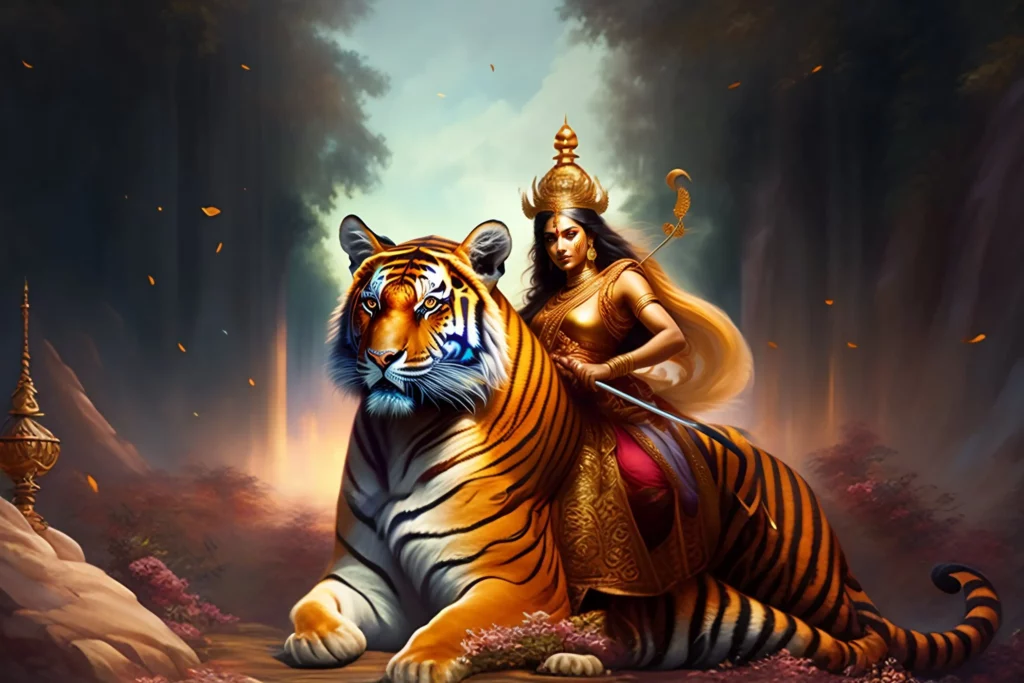
© Vedgyaan.com
Not just these two epics but Hinduism has a rich tradition of goddess worship, with various goddesses representing different aspects of the divine. The worship of goddesses such as Durga, Parvati, and Saraswati reflects the importance of women in Hinduism and their power and strength.
Medieval Period
During the medieval period (500-1500 CE), women’s status in Hindu society continued to be limited. The Manusmriti, a Hindu legal code written during this period, reinforced patriarchal attitudes and restricted women’s rights. According to the Manusmriti, women were not allowed to inherit property, had to be subservient to their husbands, and were not allowed to remarry if their husbands died.
However, there were also instances of women breaking free from these restrictions and asserting their independence. For example, Mirabai, a 16th-century poet, and saint defied social norms by refusing to marry and dedicating her life to the worship of Lord Krishna.
Modern Period
During the modern period (1500-1900 CE), attitudes towards women began to change as a result of social and political movements. The Bhakti movement, which emerged in the 16th century, emphasized the importance of devotion and love for God, regardless of caste, gender, or social status. This movement provided a platform for women to express their spiritual beliefs and challenge patriarchal attitudes.
The Impact of Colonialism on Women in Hindu Society
British colonialism in India had a significant impact on women in Hindu society. The British introduced new laws and customs that challenged traditional Hindu practices, such as the abolition of sati and child marriage. However, these reforms were often carried out in a paternalistic manner and did not necessarily improve the status of women in society.
In the 19th century, social reformers such as Raja Ram Mohan Roy and Ishwar Chandra Vidyasagar advocated for women’s education and rights. They campaigned against practices such as child marriage, sati, and purdah.
The Role of Women in the Indian Independence Movement
Women played a significant role in India’s struggle for independence from British rule. Leaders such as Sarojini Naidu, Kasturba Gandhi, and Indira Gandhi were instrumental in the movement and helped pave the way for women’s participation in politics and public life.
The Impact of Globalization on Women in Hindu Society
Globalization has brought about significant changes in Hindu society, including the rise of the middle class, increased access to education and employment, and the spread of Western values and culture. These changes have had both positive and negative impacts on women, with some women benefiting from new opportunities and others facing new challenges.
The Role of Women in Contemporary Hinduism
Today, women continue to play a vital role in Hinduism, with many women serving as spiritual leaders, teachers, and activists. Women are also challenging traditional gender roles and advocating for greater gender equality in all spheres of life.
Current Status
Today, women in Hindu society have made significant progress in terms of education, employment, and political representation. Women have excelled in various fields, including politics, science, arts, and sports. The current President of India, Droupadi Murmu, is a woman, and several Indian states have elected female Chief Ministers.
However, despite these advances, women in Hindu society still face challenges and discrimination. Gender-based violence, including domestic violence, rape, and sexual harassment, remains a significant issue. Women also face barriers to education and employment, particularly in rural areas.
Conclusion
In conclusion, women have played a significant role in Hinduism since ancient times, but their position and status have evolved over the centuries. While patriarchal attitudes have limited women’s rights and opportunities in the past, social and political movements have challenged these attitudes and paved the way for progress. Today, women in Hindu society have made significant strides, but there is still work to be done to ensure gender equality and justice for all.
